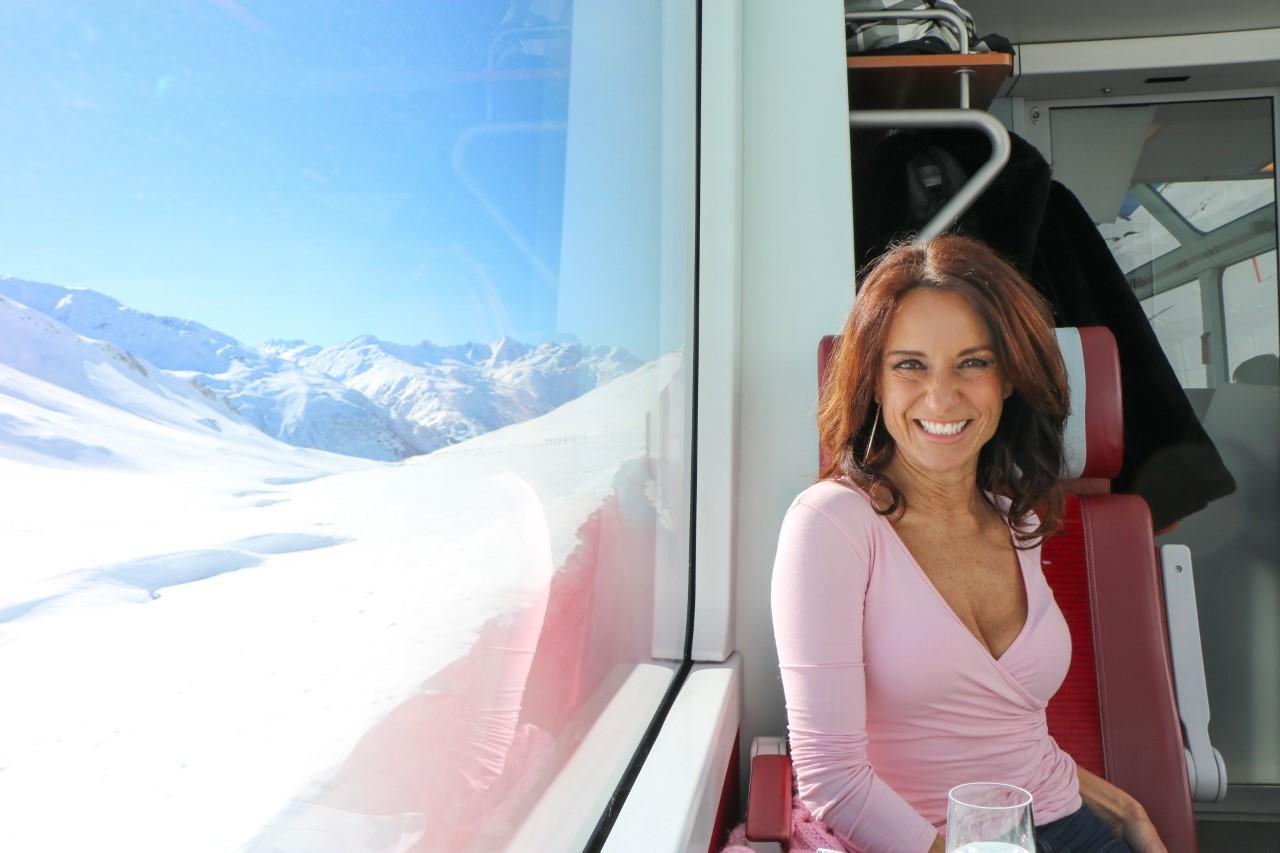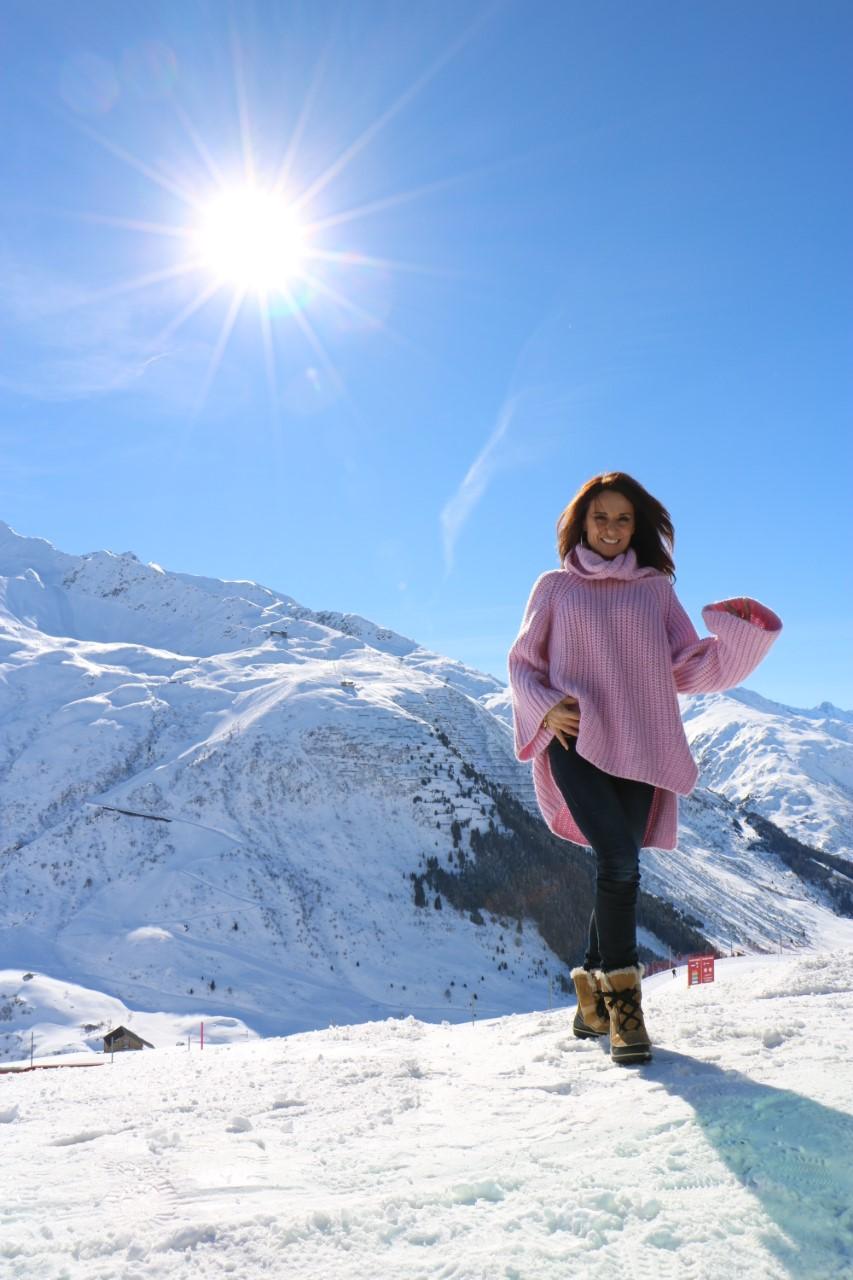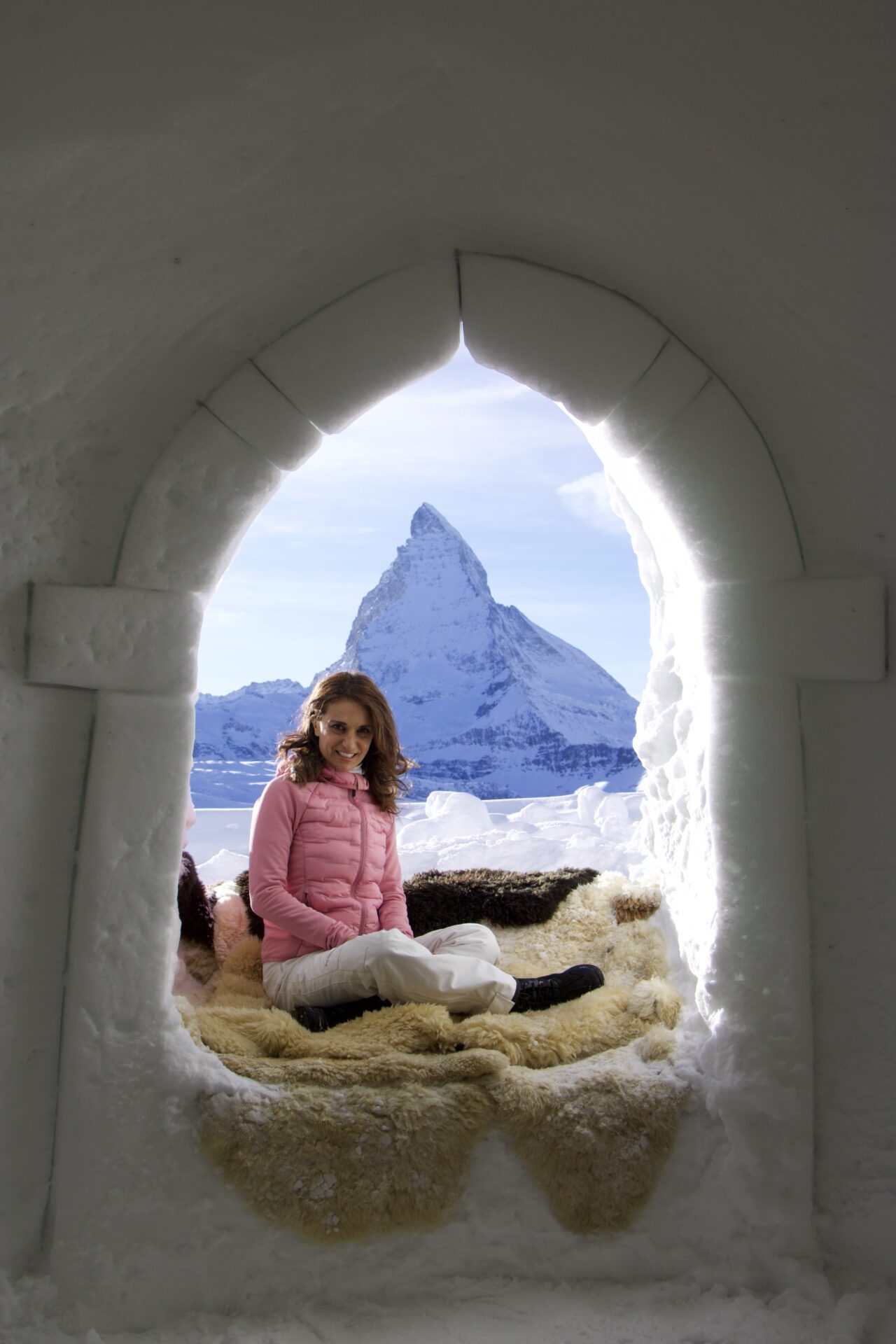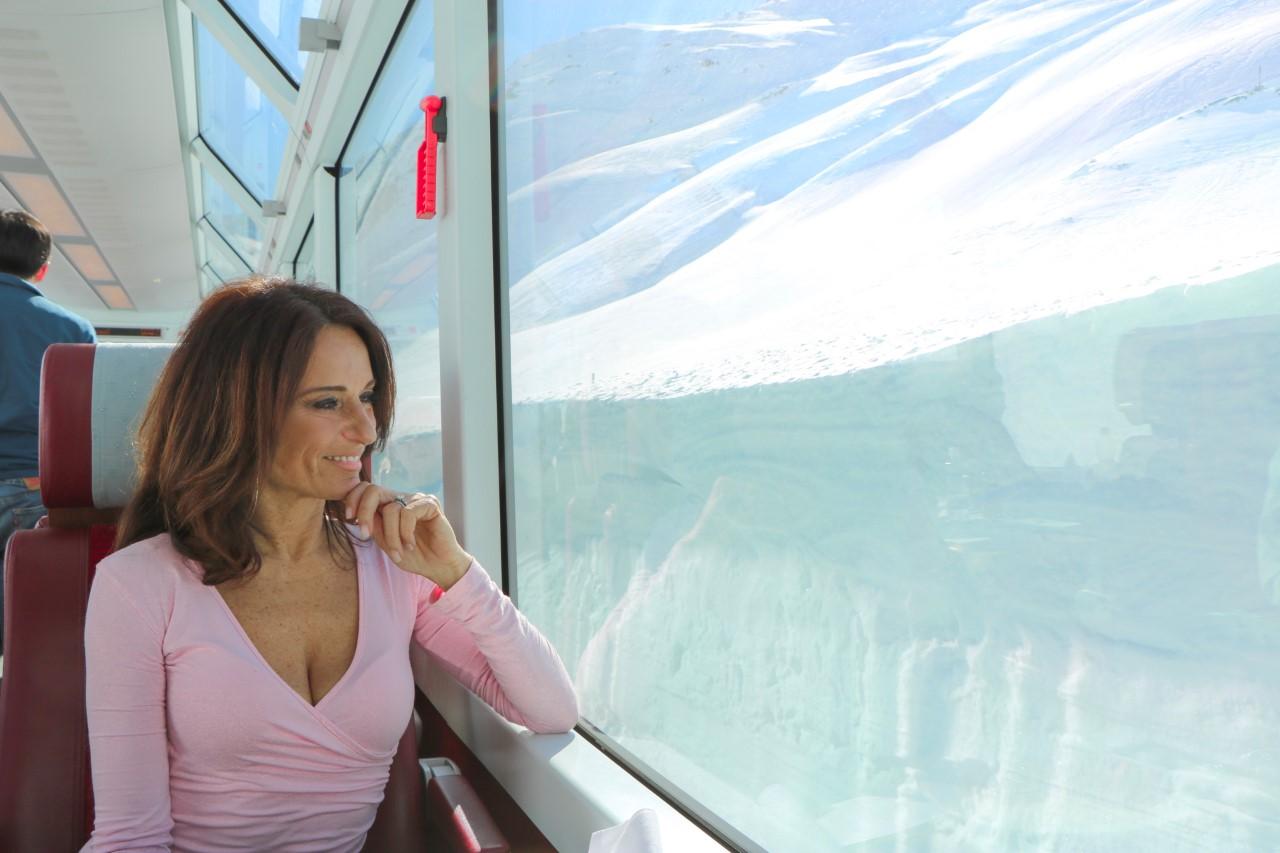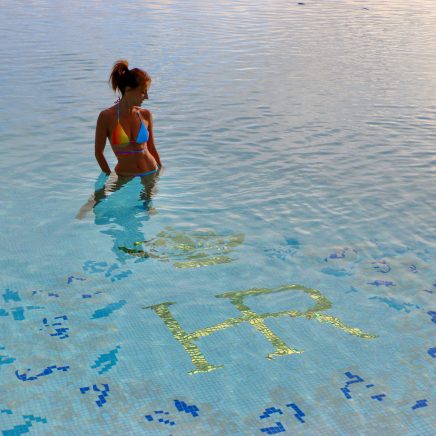Sun protection in the mountains: how important is it?
You are right loving a sunny day
A blue sky and the sun: don’t we all wish that? There must be a reason! And indeed, the benefits of light and sun exposure are many – in fact, the more we study this subject, the more benefits we discover. Sunlight is essential for human health and well-being, and its positive effects include
- good mood
- production of vitamin D
- supporting bone health
- lowering blood pressure
- preventing disease
- releasing dopamine
- dramatically improving sleep (especially if the exposure is in the first part of the day)
The only exception
Basically, sunlight is good for everything! With one exception: your skin.
The sun produces a spectrum of light rays with different wavelengths, and three of them are UV radiations. Two of them damage your skin:
- Ultraviolet A (UVA) is associated with skin ageing
- Ultraviolet B (UVB) is associated with skin burning
Mountains, snow and thin air
If you’re heading to the mountains, sun protection is as important as warm clothes. Because you’re so much higher, the atmosphere is thinner so there is less of a filter from UV radiation before it hits your skin.
On top of that, snow reflection can up to double damaging sun rays, even though the quantity can change: did you know that it depends on the age of snow?
Finally, the cold also has an impact, because it makes you notice the strength of the sun much less – your skin won’t feel burning, or it will only feel it too late.
Tips for the best protection in the mountain
- Use mineral sunscreens; they are often the choice of local guides and, in general, mountaineers. They contain the active ingredients zinc oxide and/or titanium oxide
- Apply sunscreen when you get ready in the morning, even if it’s cloudy
- Get sunscreen also in a small package that can fit in your jacket and bring it with you. Lip balm can also do the trick
- If your skin starts becoming red after 10 minute in the sun, multiply that time by the number on the sunscreen package (example: protection 15 means 10 minutes 15 times, so you will be protected 150 minutes, or 2 hours and 30 minutes). After that, apply sunscreen again
- Don’t mix sunscreen with a moisturizer – the two products might not be very compatible. A face cream or moisturizer with sun protection is advisable in the city, a mineral sunscreen is advisable in the mountains
- Don’t forget areas that might not be covered: ears, neck, etc. Protect your lips too
- Apply sunscreen whatever your skin colour, just change type depending on how sensitive to the sun you are
- Use your new knowledge to apply sunscreen also when you go back home, all year round. Douglas has also described further tips for the correct application of sunscreen in the following article.







